Optimal Seasons for Visiting Morocco
Morocco offers a diverse climate that makes it a fascinating destination year-round, but the best time to visit depends on your preferred activities and regions. Spring and fall are generally considered ideal, providing pleasant temperatures and vibrant landscapes. Whether exploring bustling markets, trekking in the Atlas Mountains, or relaxing on the coast, choosing the optimal season can enhance your Moroccan experience.
Spring (March to May)
Spring, from March to May, is considered one of the best times to visit Morocco due to its mild weather and vibrant landscapes. During this season, temperatures are comfortably warm, making it ideal for exploring cities like Marrakech, Fes, and Chefchaouen without the intense heat of summer. The countryside is lush and blooming with wildflowers, creating picturesque scenery perfect for outdoor activities such as hiking and sightseeing. Additionally, spring coincides with various festivals and cultural events, offering travelers a rich cultural experience. Overall, visiting Morocco in spring ensures pleasant weather and stunning natural beauty, making it an optimal season for exploration and adventure.
Autumn (September to November)
The best time to visit Morocco is during the autumn months from September to November, when the weather is particularly favorable for travelers. During this season, temperatures begin to cool down from the scorching summer heat, making outdoor activities and sightseeing more enjoyable. The pleasant climate is ideal for exploring bustling markets, historic sites, and natural landscapes without the extreme heat or cold. Additionally, autumn offers clear skies and less tourist crowds compared to summer, allowing for a more authentic and relaxed experience of Moroccan culture and scenery. This season is perfect for outdoor adventures such as hiking in the Atlas Mountains, visiting the Sahara Desert, or strolling through historic medinas in cities like Marrakech and Fez.
Weather Conditions and Climate Considerations
When planning a trip to Morocco, understanding the weather conditions and climate considerations is essential to ensure a enjoyable experience. The country’s diverse geography results in varying climate zones, from the scorching Sahara desert to the lush coastal areas and the mountainous regions. Recognizing the seasonal patterns and weather variations can help travelers choose the optimal time to visit, avoiding extreme temperatures and unpredictable weather conditions.
Temperature Ranges and Variability
When considering the best time to visit Morocco, understanding the weather conditions and climate variability is essential. The country experiences diverse climate zones, from the Mediterranean coast to the arid Sahara Desert, resulting in a wide range of temperature patterns throughout the year. Moderate temperatures and stable weather are typically found in spring (March to May) and fall (September to November), making these periods ideal for travel.
Temperature ranges can vary significantly across Morocco’s regions. Coastal areas generally enjoy mild temperatures, with daytime highs between 15°C and 25°C (59°F to 77°F) during spring and autumn. In contrast, interior regions such as Marrakech may experience hotter summers, with temperatures rising above 40°C (104°F), and cooler winters. The Sahara Desert can reach extreme daytime temperatures exceeding 50°C (122°F) in summer, but desert nights can be surprisingly cold, dropping below freezing.
Variability in weather conditions is an important consideration, especially during transitional seasons. Spring and fall tend to have less unpredictable weather, with predictable warm days and cooler nights. Summer offers hot weather, ideal for desert excursions but less comfortable for outdoor sightseeing in the cities. Winter can be mild along the coast but cool or cold inland, with higher elevations experiencing snowfall. Ultimately, choosing the best time depends on personal preferences for climate comfort and planned activities.
Rainfall Patterns and Distribution
The weather conditions and climate considerations are crucial when determining the best time to visit Morocco. The country experiences diverse climatic zones, ranging from Mediterranean in the north to desert in the south, which influence rainfall patterns and seasonal temperatures. Understanding rainfall patterns is essential for travelers to plan outdoor activities and excursions effectively. Morocco generally receives most of its rainfall during the winter months, particularly between November and March, with the Atlas Mountains seeing the highest precipitation. Coastal regions tend to have a mild and wetter winter, while the interior and desert areas are drier and hotter during summer. For travelers seeking dry, warm weather, spring (March to May) and fall (September to November) are ideal, offering moderate temperatures and minimal rainfall. In contrast, visiting during the summer months can be challenging in inland and desert areas due to extreme heat, but it remains suitable for coastal regions with cooler breezes. Overall, aligning travel plans with Morocco’s rainfall distribution ensures a more enjoyable and comfortable experience, avoiding the wetter months and embracing the favorable weather conditions of the shoulder seasons.
Regional Climate Differences
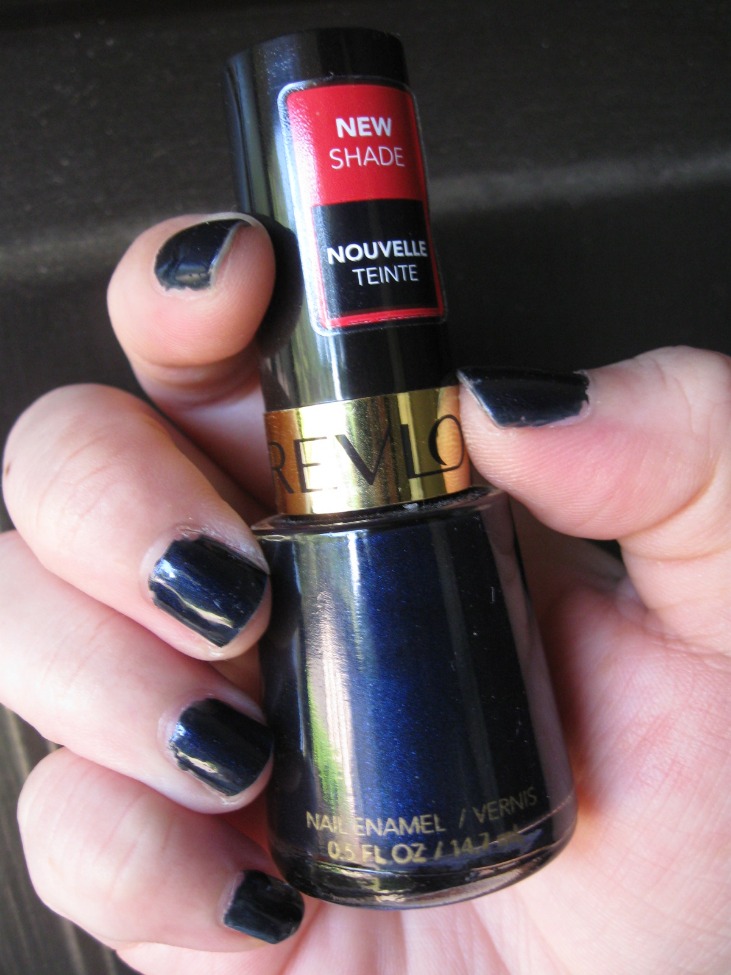
Understanding regional climate differences is essential when planning a trip to Morocco, as the country experiences diverse weather patterns across its various regions. From the arid plains of the desert to the cool, mountainous areas, climate variations significantly influence the best times to visit. Knowing these differences helps travelers choose optimal seasons for outdoor activities, cultural experiences, and overall comfort during their stay.
Coastal Areas (Casablanca, Essaouira)
The best time to visit Morocco depends on regional climate differences, especially in coastal areas like Casablanca and Essaouira. These regions experience distinct weather patterns that influence the ideal travel periods for tourists seeking warm, pleasant conditions.
Coastal cities such as Casablanca and Essaouira typically have a Mediterranean climate, characterized by mild, wet winters and hot, dry summers. Summers (June to August) can be quite warm, with temperatures often exceeding 30°C, making this period suitable for beach activities but potentially uncomfortable for some travelers due to high heat and humidity. Winters (November to February) offer cooler temperatures, averaging around 12-20°C, and are generally wetter, which may impact outdoor plans.
For travelers aiming to enjoy pleasant weather, the shoulder seasons of spring (March to May) and autumn (September to November) are considered the best times to visit. During these periods, temperatures are manageable, and the weather remains relatively dry, providing ideal conditions for exploring coastal attractions, enjoying water sports, and experiencing local culture without the peak-season crowds.
- Spring (March to May): Mild temperatures, blooming landscapes, and lower tourist influx make this an excellent time for coastal exploration.
- Autumn (September to November): Warm but not excessively hot weather, with decreasing rainfall, ideal for outdoor activities.
Inland and Desert Regions (Sahara, Marrakech)
The best time to visit Morocco largely depends on understanding its regional climate differences, especially when exploring inland and desert areas like Marrakech and the Sahara. These regions experience distinct weather patterns that influence the ideal travel periods.
In Marrakech, the climate is Mediterranean with hot summers and mild winters. Summer temperatures can soar over 40°C (104°F), making it less suitable for sightseeing and outdoor activities. Spring (March to May) and fall (September to November) are considered the most pleasant times to visit, offering warm but comfortable weather and fewer tourists. During these seasons, visitors can enjoy exploring the city’s vibrant markets, historic sites, and nearby landscapes.

Desert regions such as the Sahara are characterized by extreme temperature variations. Daytime temperatures in summer can reach over 50°C (122°F), while nights can be surprisingly cool. Visiting the Sahara during spring and fall is preferred, as the temperatures are more manageable for activities like camel trekking and overnight camping. Early morning and late afternoon are ideal times for excursions to avoid the intense heat.
Overall, for inland and desert regions, the most suitable times to visit are during spring and fall. During these periods, travelers can experience the unique desert landscapes and vibrant city life without the discomfort of excessive heat. Planning trips around these seasons ensures a more enjoyable and comfortable experience in Morocco’s diverse climate zones.
Mountainous Areas (Atlas Mountains)
Mountainous areas such as the Atlas Mountains in Morocco experience distinct regional climate differences that can influence the best time to visit. These regions typically have a cooler and more temperate climate compared to the lowland and coastal areas. Summers in the Atlas Mountains are generally mild but can be warm at lower elevations, making them suitable for trekking and outdoor activities. Conversely, winters can bring cold temperatures and snowfall, especially at higher altitudes, which provides opportunities for winter sports. Spring and autumn are considered ideal seasons for exploring these mountainous regions, as the weather tends to be stable, visitors can enjoy comfortable temperatures, and the landscape is often lush and vibrant. Therefore, planning a trip to the Atlas Mountains during spring or autumn allows travelers to experience the natural beauty of the terrain while avoiding extreme heat or cold.
Festivals and Cultural Events Timing
Understanding the timing of festivals and cultural events is essential for planning the perfect trip to Morocco. The country’s vibrant celebrations throughout the year offer a rich glimpse into its diverse traditions and heritage. By knowing when these festivals occur, travelers can experience the most authentic and lively moments of Moroccan culture during their visit.
Popular Festivals (Eid, Marrakech International Film Festival)
The best time to visit Morocco often depends on the local festivals and cultural events that take place throughout the year. Visiting during these festivals allows travelers to experience the vibrant traditions, music, and customs of Moroccan culture. Several key events stand out as highlights for visitors, offering a unique glimpse into the country’s rich heritage.
Eid, an important religious festival celebrated by Muslims worldwide, is one of the most significant events in Morocco. It marks the end of Ramadan and typically occurs according to the lunar calendar, meaning the dates vary each year. During Eid, the country comes to life with prayer gatherings, feasts, and various celebrations, making it an ideal time to experience Moroccan hospitality and spiritual culture. Since the dates shift annually, planning around the lunar calendar is essential to catch this festive period.
The Marrakech International Film Festival is another major event that attracts visitors from around the globe. Usually held in December, this prestigious festival showcases international and Moroccan cinema, bringing together filmmakers, celebrities, and film enthusiasts. Attending the festival offers a fantastic opportunity to enjoy Moroccan culture, art, and entertainment in the enchanting setting of Marrakech’s historic venues. Visiting during the festival not only provides a cultural highlight but also allows travelers to experience the city’s lively atmosphere and vibrant social scene.
Overall, the period from late autumn to early spring—particularly between October and April—is considered an excellent time to visit Morocco. During these months, the weather is generally pleasant and suitable for exploring the country’s diverse landscapes, from bustling cities to desert adventures. Aligning your visit with major festivals like Eid or the Marrakech International Film Festival can enhance your cultural experience, making your trip memorable and meaningful.
Best Times to Experience Cultural Celebrations
To truly immerse yourself in Morocco’s rich cultural heritage, planning your visit around its vibrant festivals and events is essential. The best times to experience authentic cultural celebrations are often aligned with specific dates that highlight Morocco’s traditions, history, and religious observances.
- Spring (March to May): This period features lively festivals such as the Rose Festival in Kelaa M’Gouna, celebrating the blooming of roses with parades, music, and local crafts. The weather is also pleasant, making it an ideal time for cultural exploration.
- Autumn (September to November): The Almond Blossom Festival in Tafraoute and the Marrakech Popular Arts Festival take place during this time. These events showcase traditional music, dance, and art, providing a deep insight into Moroccan culture.
- Ramadan (varying with the lunar calendar): Experiencing Ramadan offers a unique chance to witness Moroccan religious and social traditions. The dates shift each year, but it generally falls around March-April or April-May, with vibrant evening festivities and special food markets.
- Special Religious Celebrations: Eid al-Fitr and Eid al-Adha are pivotal Islamic festivals celebrated with communal prayers, feasting, and festive events. Checking the lunar calendar ensures visiting during these meaningful times.
Tourist Crowds and Travel Considerations
Understanding tourist crowds and travel considerations is essential when planning a trip to Morocco. The popularity of certain destinations can significantly impact your experience, influencing factors such as accommodation availability, costs, and overall enjoyment. By considering the timing of your visit, you can navigate busy periods more effectively and choose the best time to explore Morocco’s vibrant culture, historic sites, and stunning landscapes.
High Season vs. Low Season
The best time to visit Morocco depends on your preferences for experiencing popular attractions and avoiding crowds. Tourist crowds and travel considerations vary significantly between high season and low season, impacting your overall experience and travel budget.
- High Season: Typically occurs from late spring to early fall, especially between April and October, with peak months in July and August. During this time, popular destinations like Marrakech, Fes, and the Sahara Desert attract large numbers of tourists. Prices for accommodations and flights tend to be higher, and popular sites can be crowded.
- Low Season: Usually spans from November to March, with fewer tourists, cooler weather, and lower prices. This period is ideal for travelers seeking a more relaxed experience, exploring cultural sites, or enjoying the milder climate without the crowds. However, some areas, especially the deserts, may be cooler and less suitable for extreme outdoor activities.
- Consider traveling during shoulder seasons, such as late March or early November, for a balance of good weather and fewer crowds.
- Be mindful of local holidays and festivals, which may influence crowd levels and travel availability.
- Early booking and flexible plans can help secure better deals during high season.
Advantages of Visiting During Off-Peak Periods
The best time to visit Morocco often depends on avoiding large tourist crowds and enjoying a more authentic experience. Traveling during off-peak periods allows visitors to explore popular destinations with less congestion, making it easier to appreciate the culture, scenery, and local hospitality. Fewer tourists also mean shorter lines at attractions and more flexibility in your itinerary.
Visiting during off-peak times offers several advantages. Accommodation prices tend to be lower, and availability of preferred lodgings is higher, leading to more affordable and comfortable stays. The milder weather during these months can make sightseeing more pleasant, especially in regions that are otherwise very hot or cold during peak seasons. Overall, traveling during quieter periods enhances the sense of discovery and allows for a more relaxed, immersive experience of Morocco’s diverse landscapes and vibrant culture.
Practical Tips for Planning the Best Trip
Planning the perfect trip to Morocco requires careful consideration of the best time to visit, ensuring you enjoy pleasant weather and vibrant local experiences. Understanding the ideal seasons can help you make the most of your journey, whether you’re exploring bustling markets, stunning landscapes, or cultural landmarks. Here are some practical tips to help you determine the best time to go to Morocco and create unforgettable travel memories.
Booking Accommodation and Tours
The best time to visit Morocco is during the spring (March to May) and fall (September to November) when the weather is mild and ideal for exploring the country’s diverse landscapes. Proper planning is essential to maximize your experience, starting with booking accommodations early in popular destinations like Marrakech, Fez, and Chefchaouen to secure the best options and prices.
When planning your trip, consider the local climate and cultural festivals to enhance your experience. Research and compare different tour operators and activities, such as guided city tours, desert excursions, or mountain treks, to find those that match your interests and budget. Booking in advance ensures availability and often provides better rates, allowing for a smoother and more enjoyable journey.
Additionally, creating a flexible itinerary can help you adjust plans based on weather conditions or local events. Utilize trusted travel websites and reviews to select reputable accommodations that offer comfortable amenities and convenient locations. Remember to confirm all bookings and reservations ahead of time to avoid last-minute surprises and to make the most of your trip in Morocco’s beautiful and vibrant setting.
Weather Preparation and Packing Tips
Planning the best trip to Morocco involves considering the optimal time to visit, along with effective weather preparation and packing strategies. Choosing the right time ensures a more enjoyable experience and better opportunities to explore the country’s diverse landscapes.
The best time to visit Morocco is during the spring (March to May) and fall (September to November) when the weather is mild and pleasant. Summers (June to August) can be extremely hot, especially in inland areas like Marrakech and the Sahara Desert, while winters (December to February) are cooler, particularly in the mountains where snowfall is common.
To prepare for your trip, check the weather forecast regularly before departure. Pack lightweight, breathable clothing for daytime, such as cotton or linen shirts, and include warmer layers for mornings and evenings, especially if traveling during fall or winter. Don’t forget a wide-brimmed hat, sunglasses, and sunscreen to protect against strong sun exposure.
For comfort and safety, bring a good pair of walking shoes suitable for uneven terrain and exploring markets and historical sites. If visiting desert regions, pack a scarf or bandana to shield from dust and sand. It’s also wise to carry a reusable water bottle and stay hydrated, as well as some basic first aid supplies.
By selecting the right season and packing thoughtfully, travelers can fully enjoy all that Morocco has to offer, from bustling souks and ancient medinas to stunning mountain vistas and desert landscapes. Proper planning ensures a memorable and smooth journey in this vibrant country.

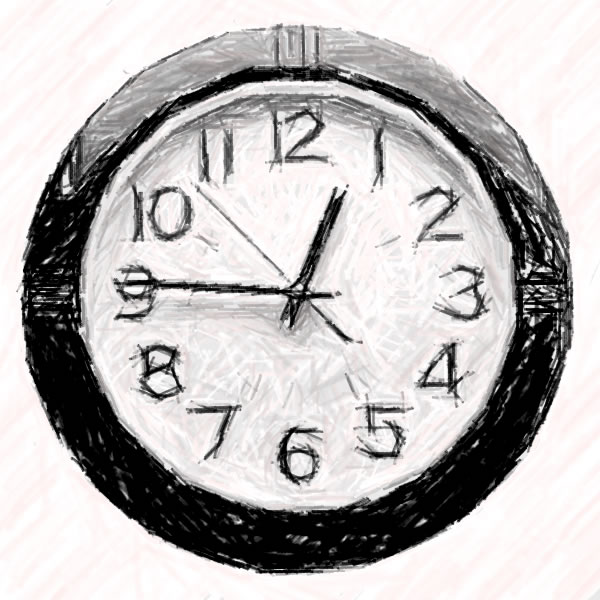
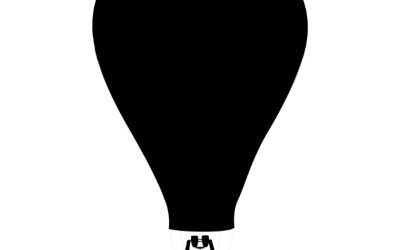
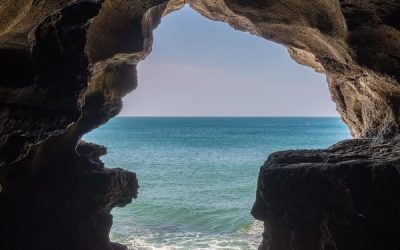
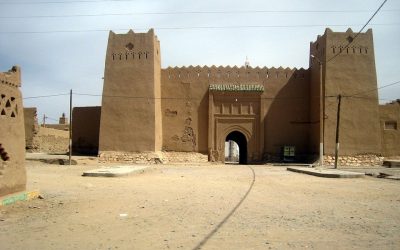
0 Comments